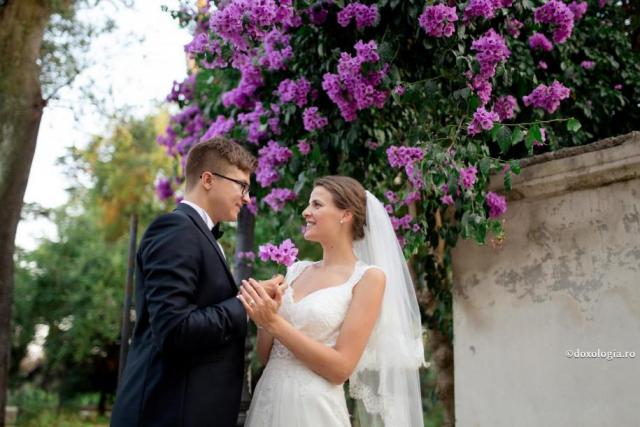How should I make myself loved and pleasant to my husband?
Not so golden ornaments make you loved and pleasant to your husband as the sense of measure, care for him and the readiness to give even your life for him. Know and be certain that if you were the most beautiful of women, you cannot be loved by the one who you sadden his soul. To please your husband you need to bring him joy and serenity.
If you want to be loved by your husband you need to adorn your soul, not your body. Not so golden ornaments make you loved and pleasant to your husband as the sense of measure, care for him and the readiness to give even your life for him…
Know and be certain that if you were the most beautiful of women, you cannot be loved by the one who you sadden his soul. To please your husband you need to bring him joy and serenity- but when all money go on the woman’s beauty and the family struggles, the husband cannot be happy. Thus, if what you wish is to be loved by your husband thank him by ceasing to over adorn yourself. All these ornaments are pleasant to watch in the first days of marriage but after that they become less attractive. If we don’t always like the beautiful sky or the bright sun as much as other times, because we got used to them, then how will a beautiful body make an exception? I say this so that you love the eternal beauty that the Holy Apostle Paul said you should wear, which is not gold or pearls, or expensive clothes but good works. Do you want to be loved and praised by others? No, a good wife cannot wish for something like this. Anyway, no good and serious man will praise her for this, but only those who search for lust. Even them will not say good things about her, and will judge her because she herself allows people to watch her. A good wife, will be praised by everybody, because people will receive a lesson of virtue just by looking at her. Great is her praise from people and great is her reward from God.
(Translated from Sfântul Ierarh Ioan Gură de Aur, Cum să întemeiem o familie ortodoxă, Editura Sophia, București, 2011, pp. 94-95)





